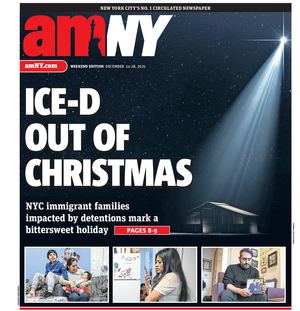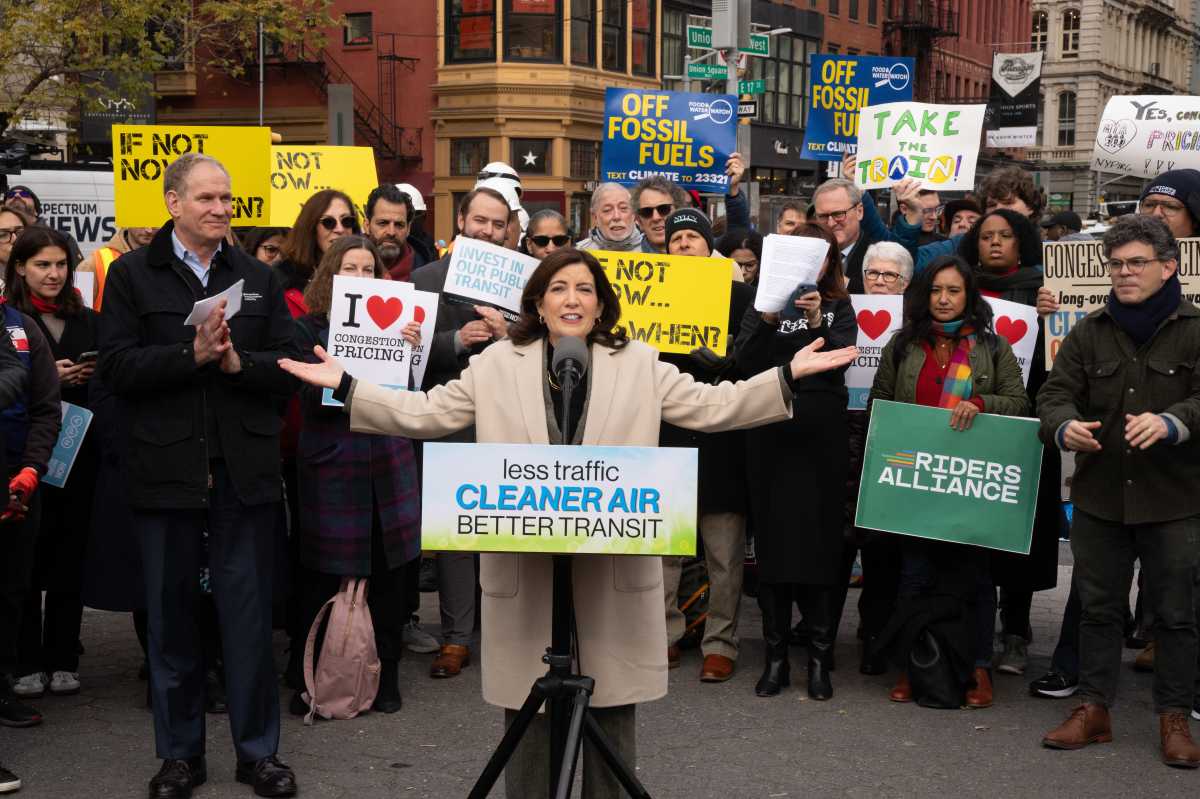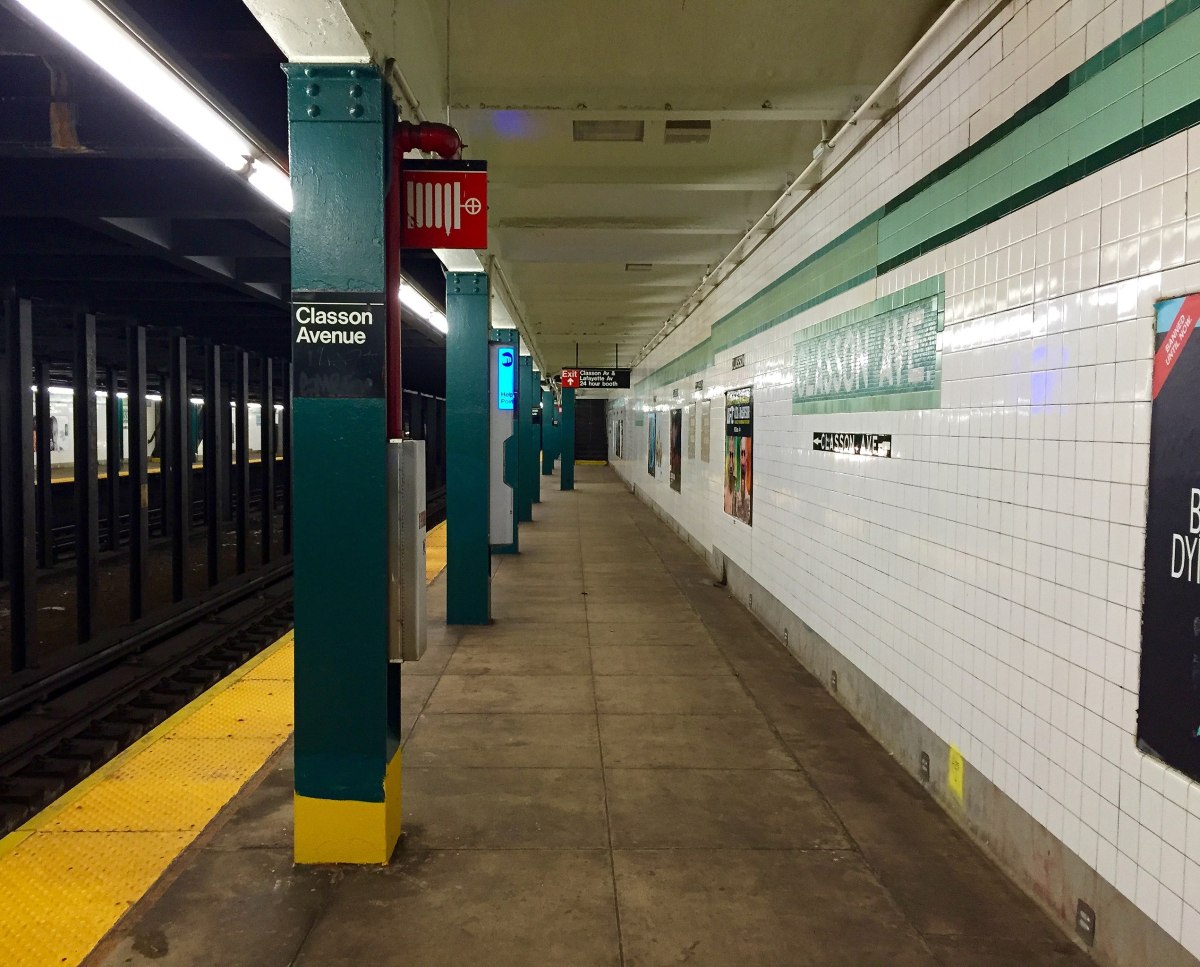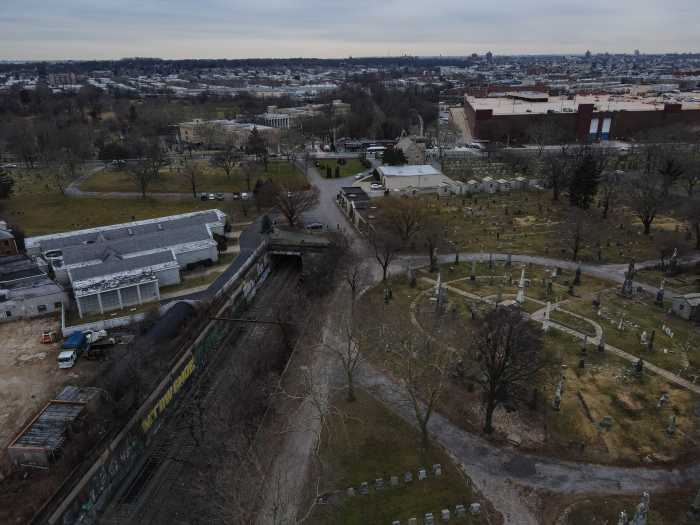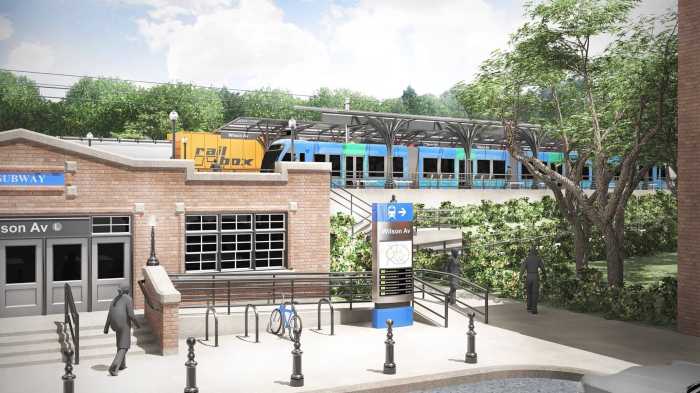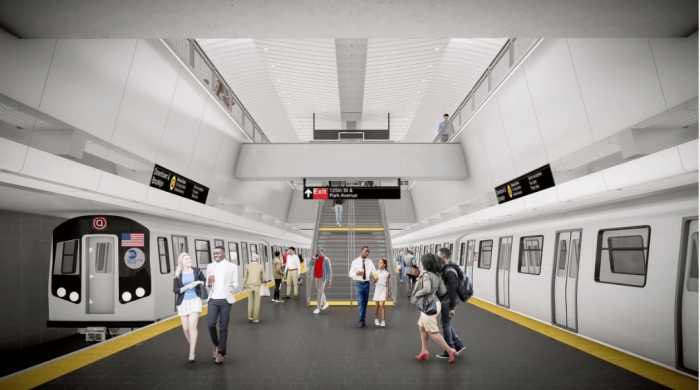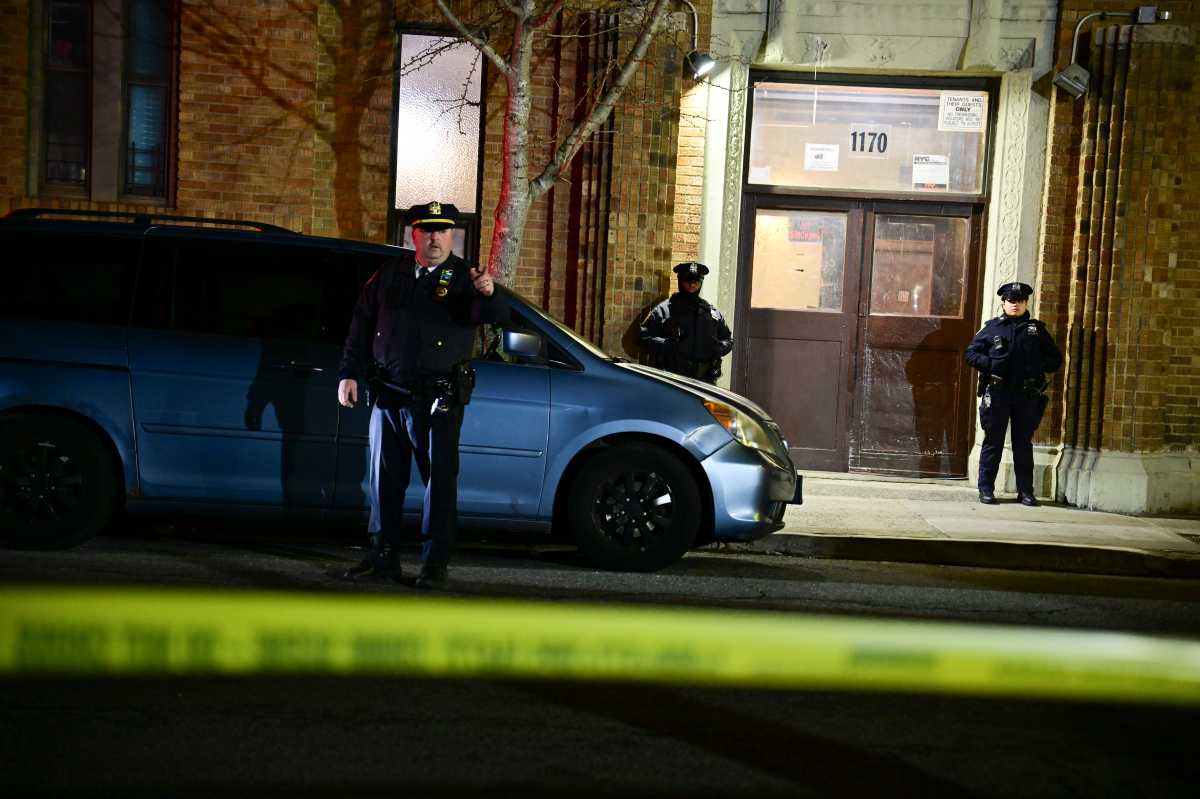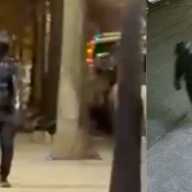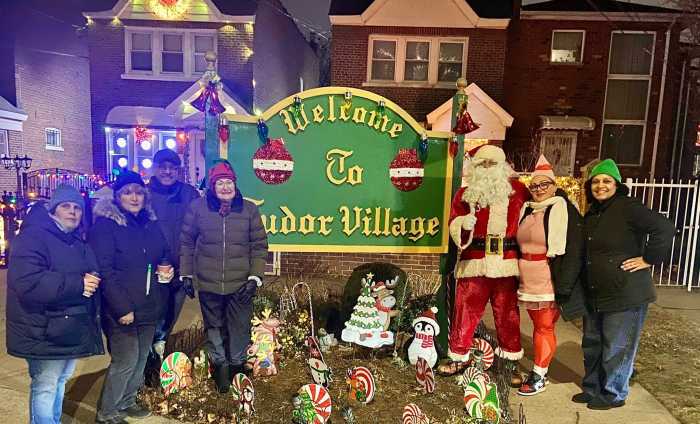All the improvements the MTA planned to fund through congestion pricing seem like a fantasy in the wake of Gov. Kathy Hochul putting the Manhattan toll program on indefinite pause.
Imagine how much more movable and livable the city would be if the Second Avenue Subway had an extension up to East Harlem. That’s a pipe dream now that congestion pricing is on ice.
Scores of subway stations that currently are inaccessible to persons with disabilities would be upgraded to be fully in compliance with the federal Americans with Disabilities Act established more than 30 years ago. The MTA says it cannot proceed with those necessary upgrades without the revenue from congestion pricing.
Even one of Hochul’s big public transit promises of her tenure — the creation of the Interborough Express light rail system through Brooklyn and Queens via an underused freight line — cannot move from the drawing board to reality as long as the MTA isn’t reaping the rewards of congestion pricing.
The cold, hard reality of this situation is that the MTA lacks the resources under the status quo to upgrade its subways, buses and commuter rails to 21st century standards. It needs the congestion pricing revenue to move forward — but not a penny is coming in.
And yet, Hochul continues to insist that the MTA can have its cake, and eat it too.
On Tuesday, the governor insisted that there must be a way forward on all of these projects without having to charge drivers a toll to drive into Manhattan.
“[New Yorkers] are already overburdened with the cost of living,” Hochul told reporters on June 18. “And to step up and say, ‘can we just give them a break,’ does not mean that we will not find funding for the Second Avenue Subway, or the wheelchair accessibility, all the ADA work that we’re going to be doing, the signalization we’re doing, the Interborough Express. None of those stopped.”
Only hours after Hochul said this, MTA construction chief Jamie Torres-Springer announced that all work on the Second Avenue Subway had been halted indefinitely because of the financial quagmire the MTA finds itself in without congestion pricing.
Who’s kidding who?
As we write this today, there still isn’t an official alternative funding plan for the MTA. The state failed on a laughable billion-dollar emergency funding gambit in the waning hours of its legislative session. Hochul has yet to announce any serious effort to find an alternative funding plan, but continues to insist the funding will eventually be there.
The MTA is not going to magically find $15 billion over the next decade to fund the Second Avenue Subway extension, signal improvements, ADA upgrades and the Interborough Express. Without congestion pricing, where is the money coming from?
Until Hochul answers that question with a straightforward plan, every MTA project is stuck in fantasyland — and so is New York.
